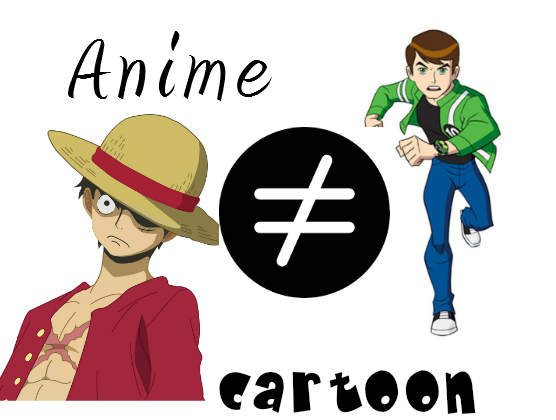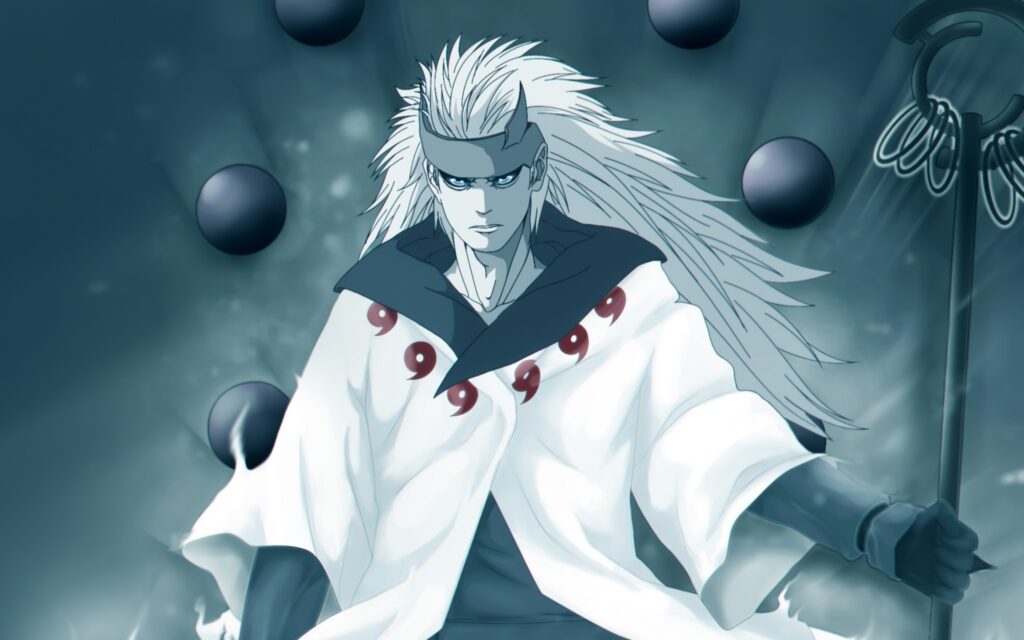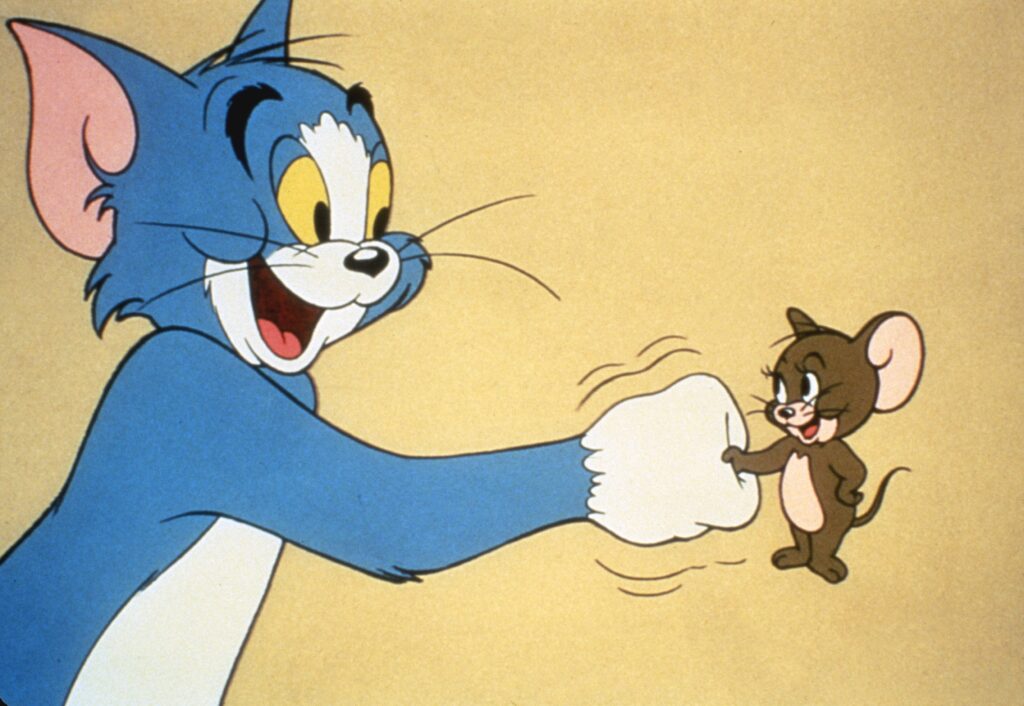As an Anime fan, I’ve spent an apparently perpetual measure of time making sense of for companions, kin, guardians, and family members that I’m not watching Cartoons but rather Anime.
What’s more, each and every time, the discussion closes as per, ‘Well, they look the same.’ The internet, as well, is rife with contentious discussions and debates that frequently come to a standstill.
Although they are both forms of amusement, Anime sometimes has an air of sophistication and intellectualism that is lost when it is compared to Cartoons. Cartoons and Anime are both very popular kinds of entertainment for people on various platforms, but people often misinterpret the meanings of these two phrases. Let’s look at both of them in their traditional contexts.

1. Origin & History
Anime
Anime is a term used to describe a type of Japanese animation. Anime is derived from the English word animation, and in Japan, it describes any kind of animated work, regardless of the style or origin. However, outside Japan, anime is usually associated with animation that is produced in Japan, or has a similar style to Japanese animation.
Beginning in the early 20th century, anime has a lengthy and rich history. The first known Japanese animation was created in 1906, and it was a simple chalk drawing of a sailor. The first commercial Japanese animation was produced in 1917, and it was a short film called Namakura Gatana, which means “The Dull Sword”.
In the 1920s and 1930s, Japanese animators experimented with different techniques and styles, influenced by the works of French, German, American, and Russian animators. Some of the pioneers of this era were Ōten Shimokawa, Junichi Kōuchi, and Seitaro Kitayama. They created animations using paper cutouts, chalk, and cel animation. However, most of their works were lost or destroyed by natural disasters, wars, and censorship.
During World War II, animation was used for propaganda purposes by the Japanese government, and most of the productions were either commercially-oriented or patriotic. After the war, the animation industry faced a decline due to the lack of resources and the competition from foreign films. However, in 1948, the first modern Japanese animation studio, Toei, was founded, and it produced many successful films and series, such as Hakujaden, Saiyuki, and Tetsuwan Atom.
The 1960s marked the beginning of the golden age of anime, as the medium gained popularity and recognition both in Japan and abroad. One of the most influential figures of this era was Osamu Tezuka, who is considered the father of manga and anime. He created many iconic works, such as Astro Boy, Kimba the White Lion, and Princess Knight. He also founded his own studio, Mushi Production, and introduced many innovations, such as limited animation, cinematic techniques, and mature themes.
In the 1970s and 1980s, anime diversified and expanded its genres and audiences, thanks to the development of new technologies, such as color television, video cassette recorders, and personal computers. Some of the popular genres and subgenres that emerged in this period were mecha, sci-fi, shounen, shoujo, horror, and comedy. Some of the notable works and creators of this era were Mobile Suit Gundam, Space Battleship Yamato, Lupin III, Doraemon, Dragon Ball, Akira, Hayao Miyazaki, and Isao Takahata.
In the 1990s and 2000s, anime reached a global audience, thanks to the rise of cable and satellite television, the internet, and the DVD format. Anime became a part of the mainstream culture and entertainment industry, and influenced many other forms of media, such as video games, music, and fashion. Some of the successful and influential works and creators of this era were Sailor Moon, Neon Genesis Evangelion, Pokemon, Naruto, One Piece, Spirited Away, Makoto Shinkai, and Satoshi Kon.
In the 2010s and 2020s, anime continued to grow and evolve, thanks to the emergence of new platforms, such as streaming services, social media, and smartphones. Anime also became more diverse and inclusive, featuring more female, LGBTQ+, and ethnic minority characters and creators. Some of the popular and acclaimed works and creators of this era are Attack on Titan, Demon Slayer, Your Name, Weathering with You, Violet Evergarden, Kimetsu no Yaiba, and Ufotable.
Anime is a unique and fascinating form of art and entertainment, that has a long and rich history, and a wide and diverse range of genres and themes. Anime has a loyal and passionate fan base around the world, who enjoy watching, discussing, and creating anime-related content. Anime is also a part of Japan’s soft power, as it represents and promotes its culture and values to the global audience.
Cartoons
Cartoons are a type of visual art that is typically drawn, frequently animated, in an unrealistic or semi-realistic style. Although the precise definition has changed over time, the present usage typically refers to either an image or series of images meant for satire, caricature, or humor, or a motion picture that uses a series of illustrations to create its animation.
Cartoons have a long and varied history that spans different media and cultures. The word cartoon derives from the Italian word cartone, which means a large sheet of paper or cardboard. It originally referred to a full-size drawing made on sturdy paper as a design or model for a painting, stained glass, or tapestry. Cartoons were used in this way in the Middle Ages and the Renaissance, and some examples of these artworks are the Raphael Cartoons in London and the Leonardo da Vinci’s sketches.
In the 19th century, cartoons became humorous artworks in magazines and newspapers, starting with Punch magazine in 1843. The first of these ridiculed the preliminary cartoons for fantastic verifiable frescoes in the then-new Castle of Westminster.. The term cartoon also came to mean a political or editorial illustration that used satire and caricature to comment on current events or social issues. Some of the famous cartoonists of this era were John Leech, Sir John Tenniel, Thomas Nast, and Honoré Daumier.
In the 20th century and beyond, cartoons expanded into comic books and animation, using various techniques and technologies. Comic books are a form of sequential art that tell stories through a combination of text and images, usually in panels. Comic books originated in the US in the 1930s, and became popular with genres such as superhero, sci-fi, horror, and romance. Some of the notable comic book artists and writers are Stan Lee, Jack Kirby, Will Eisner, and Alan Moore.
Cartoons are a diverse and creative form of art and entertainment, that have a wide and global audience. Cartoons can be used for various purposes, such as comedy, drama, fantasy, or social commentary. Cartoons can also reflect and influence the culture and values of their creators and viewers. Cartoons are a part of our visual culture and our collective imagination.
2. Visual Characteristics
Anime
Anime characters often have exaggerated physical features, such as large eyes, small mouths, big hair, and elongated limbs. These features are used to convey emotions, personalities, and moods of the characters, as well as to make them more appealing and expressive. Anime characters also have a wide variety of hairstyles, colors, and accessories, which can indicate their age, gender, role, or genre. Anime characters can also have animal traits, such as ears, tails, wings, or horns, which can add to their uniqueness and fantasy.
Anime uses a more “limited animation” style, which means that the movement of the characters is less fluid and more stylized. This is done to save time and money, as well as to create a distinctive aesthetic. Anime often relies on techniques such as still frames, panning, zooming, and looping to create the illusion of motion. Anime also uses speed lines, motion blurs, and impact frames to emphasize the action and dynamism of the scenes. Anime also employs cinematic techniques, such as camera angles, lighting, and transitions, to create a more immersive and dramatic experience.

Cartoons
Cartoon, tends to have more smooth and natural movement of the characters, using techniques such as squash and stretch, anticipation, and exaggeration. This is done to create a more realistic and expressive animation, as well as to add humor and charm. Cartoon also uses various effects, such as sound, music, and dialogue, to enhance the mood and tone of the scenes. Cartoon also uses different styles, such as traditional, stop-motion, computer-generated, or mixed media, to create a more diverse and creative animation.

3. Genres and Themes
Anime
Anime covers a wide range of genres and themes, from action and adventure to romance and comedy. Anime often explores complex and mature topics, such as psychological, philosophical, or social issues. Anime also has a lot of subgenres, such as mecha, shounen, shoujo, isekai, and more. Each subgenre has its own visual characteristics, such as the design of the robots, the style of the battles, the color palette, or the mood. Anime also draws inspiration from various sources, such as Japanese culture, history, mythology, folklore, and pop culture, as well as from other cultures and media, such as Western comics, movies, games, and literature.
Cartoons
Cartoons cover a wide range of genres and themes, from comedy and fantasy to drama and horror. Cartoons often use visual elements to indicate and enhance the genre and the theme of the story. For example, a comedy cartoon can use bright colors, exaggerated shapes, and humorous expressions, while a horror cartoon can use dark colors, distorted shapes, and scary expressions. Cartoons can also use visual elements to convey messages, values, or opinions. For example, a political cartoon can use symbols, metaphors, or irony to criticize or comment on current events or social issues.
4. Audience and Popularity
Anime
Anime has a more diverse and global audience than cartoon, as it has a huge fan base around the world, especially in Asia, Europe, and North America. Anime is a part of Japan’s soft power, as it represents and promotes its culture and values to the global audience. Anime fans often engage in activities such as cosplay, fan art, fan fiction, and conventions. Anime is also a part of the mainstream culture and entertainment industry, and influences many other forms of media, such as video games, music, and fashion. Anime is also recognized and acclaimed for its artistic and creative quality, and has won many awards and honors, such as the Academy Award, the Golden Globe, and the Cannes Film Festival.
Cartoons
Cartoons, on the other hand, are typically produced for a Western audience and tend to target younger viewers. Cartoons usually focus on comedy, adventure, or fantasy, and rarely deal with serious or controversial topics. Cartoons are generally more lighthearted and humorous, and mainly cater to children and family audiences. Cartoons also have some subgenres, such as superhero, sci-fi, or musical, but they are not as varied and specific as anime subgenres. Cartoons also have a more limited appeal and influence, as they are mostly based on Western culture and values.
Cartoon is more popular and mainstream in the US and some other Western countries, where it is considered a part of the culture and entertainment industry. Cartoon fans also enjoy various forms of media and merchandise related to their favorite shows or movies. Cartoon is also appreciated and respected for its artistic and innovative quality, and has won many awards and honors, such as the Emmy, the Annie, and the BAFTA. However, cartoon is not as widely distributed and consumed as anime, and it faces more competition and criticism from other forms of entertainment, such as live-action movies, TV shows, and streaming services.
The video is from PatChat, and it is titled as “The REAL Difference Between Cartoons and Anime”.
